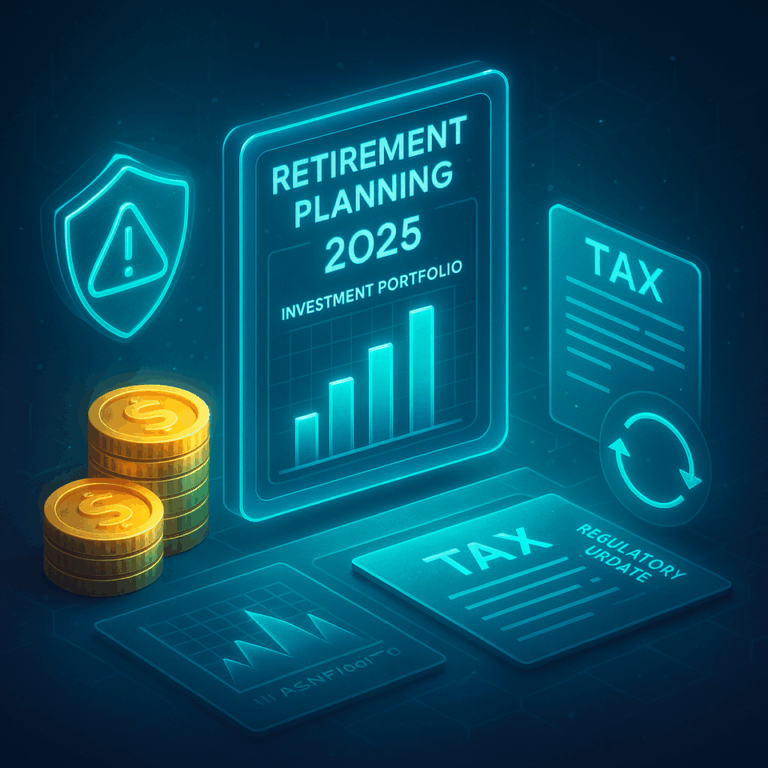As of 2023, 401(k) plans remain one of the most widely used retirement savings tools in the United States. Designed to encourage long-term saving and investing, these employer-sponsored plans provide tax advantages and, in many cases, additional contributions from employers. With increasing life expectancy, rising healthcare costs, and uncertainty about social security programs, understanding how a 401(k) works is more important than ever. For individuals seeking to secure financial stability in retirement, the 401(k) represents a cornerstone of modern planning.
What Is a 401(k) Plan
A 401(k) plan is an employer-sponsored retirement savings account that allows employees to contribute a portion of their income before taxes are deducted. Contributions are invested in a selection of mutual funds, stocks, bonds, or other financial instruments offered by the plan. Taxes on contributions and investment gains are deferred until funds are withdrawn, typically during retirement. Some employers also offer a Roth 401(k) option, where contributions are made after taxes but withdrawals in retirement are tax-free.
Benefits of a 401(k) Plan
One of the main benefits of a 401(k) plan is tax efficiency. Traditional contributions reduce taxable income in the year they are made, while investment growth remains untaxed until withdrawal. Employer matching contributions are another significant advantage, effectively providing additional money for retirement at no cost to the employee. Automatic payroll deductions make saving consistent and disciplined, and the variety of investment options allows individuals to tailor their portfolios to their goals and risk tolerance.
Contribution Limits in 2023
For the year 2023, the contribution limit for 401(k) plans is set at $22,500 for individuals under age 50. Those aged 50 and above can make an additional catch-up contribution of $7,500, bringing their total limit to $30,000. These higher limits compared to traditional IRAs make 401(k)s especially valuable for individuals aiming to maximize their retirement savings. Staying updated on annual contribution limits is essential, as they can change based on inflation adjustments and regulatory updates.
Investment Choices and Growth
Most 401(k) plans offer a range of investment options, including mutual funds, index funds, and target-date funds. The power of compounding makes consistent contributions particularly effective over time. Even modest investments, when allowed to grow for decades, can accumulate into substantial sums. Target-date funds simplify investing by automatically adjusting asset allocation as retirement approaches, balancing growth with risk management. Diversifying investments within the plan is key to building resilience against market fluctuations.
Potential Drawbacks and Challenges
While 401(k) plans provide many benefits, they are not without challenges. Early withdrawals before age 59½ often incur taxes and penalties, discouraging use of funds for non-retirement purposes. Investment choices may be limited compared to brokerage accounts, and fees within certain plans can reduce long-term returns. Market volatility also affects account balances, which can be unsettling for participants close to retirement. Understanding these limitations is critical to making the most of a 401(k) plan.
The Role of 401(k) Plans in Retirement Planning
A 401(k) should be viewed as part of a broader retirement strategy. While it provides tax advantages and employer contributions, it should be complemented by other savings and investment vehicles, such as IRAs, taxable brokerage accounts, and emergency funds. For many individuals, the 401(k) serves as the foundation of retirement income, supplemented by pensions, personal savings, or government benefits. Regular contributions, combined with long-term investment discipline, make the 401(k) one of the most effective tools for financial security in retirement.
Conclusion
401(k) plans remain central to retirement planning in 2023, offering tax benefits, employer contributions, and long-term growth potential. Despite certain limitations, their advantages make them indispensable for individuals focused on building financial independence. By understanding contribution rules, investment options, and their role within a complete financial plan, individuals can maximize the potential of their 401(k) accounts. In a world where retirement security is increasingly dependent on personal responsibility, the 401(k) continues to be a vital pathway to stability and peace of mind.







